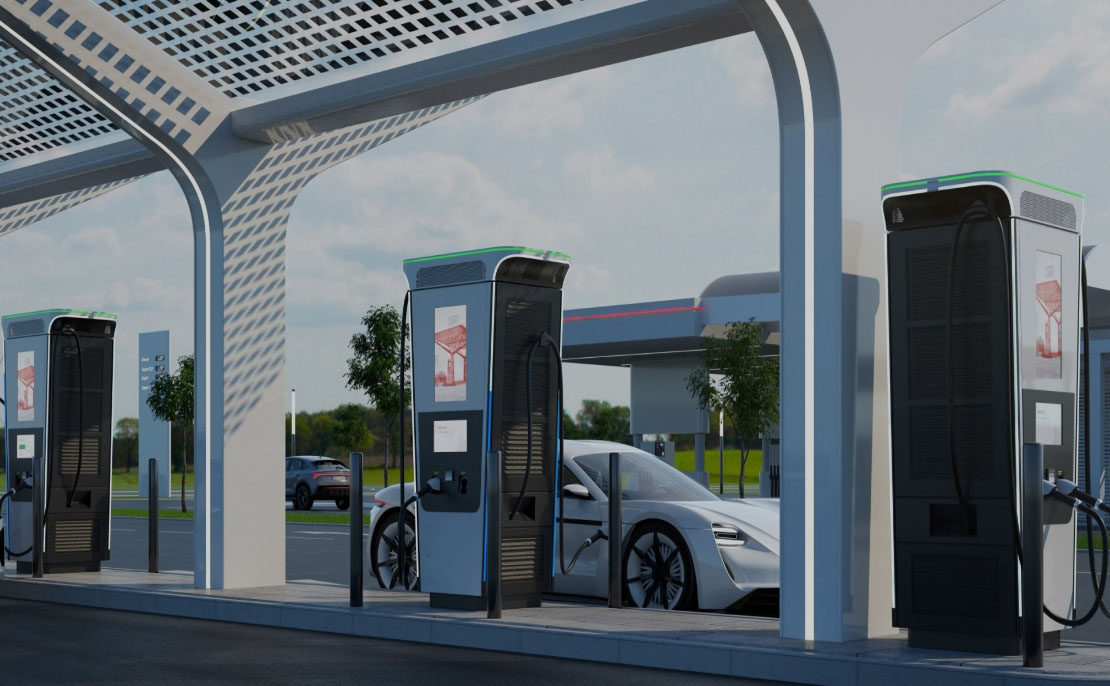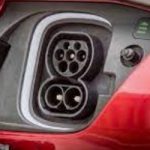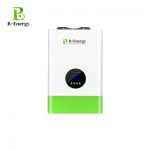Electric Vehicle Charger
What is the electric vehicle charger?
A charging station, also known as a charge point, chargepoint, or electric vehicle supply equipment (EVSE), is a power supply device that supplies electrical power for recharging plug-in electric vehicles (including battery electric vehicles, electric trucks, electric buses, neighborhood electric vehicles, and plug-in vehicles.
What is the charging system of electric cars?
The national grid delivers AC (Alternating Current), but electric cars need DC (Direct Current) to charge their battery pack. An AC charger supplies the EV’s onboard charger, which then converts the AC power to DC allowing the battery to charge.
There are two main types of EV chargers: Alternating current (AC) charging stations and direct current (DC) charging stations. Electric vehicle batteries can only be charged by direct current electricity, while most mains electricity is delivered from the power grid as alternating current. For this reason, most electric vehicles have a built-in AC-to-DC converter commonly known as the “onboard charger” (OBC). At an AC charging station, AC power from the grid is supplied to this onboard charger, which converts it into DC power to recharge the battery. DC chargers provide higher power charging (which requires much larger AC-to-DC converters) by building the converter into the charging station instead of the vehicle to avoid size and weight restrictions. The station then directly supplies DC power to the vehicle, bypassing the onboard converter. Most modern electric car models can accept both AC and DC power.
Is EV charger AC or DC?
Are EV Chargers AC or DC? AC and DC EV Charging Explained Electric cars always store DC energy, but electric vehicle chargers can be either Alternating Current (AC) or Direct Current (DC). Generally, home EV chargers are all AC, whereas public chargers can be either AC or DC.
As electric vehicles (EVs) and plug-in hybrids continue to rise in popularity, owners are facing the challenge of understanding the different charging options available. This guide will provide clarity on types of EV charging, the three main charging locations, charging times, connectors, and resources to help you charge your EV efficiently.
Home Charging for Electric Vehicles
Home charging is where most EV owners charge their vehicles, accounting for more than 80% of charging sessions. Understanding the different home charging options is essential for maximizing convenience and efficiency.
Public Charging for Electric Vehicles Public charging stations are essential for long trips or when your battery is running low. These stations are located near businesses like restaurants, shopping centers, and public areas.
Types of Charging Levels for Public Charging
There are three main charging levels:
Level 1: Slowest option, usually takes about 20 hours for a full charge.
Level 2: Common in public stations, providing faster charging (typically 5 to 11 hours for 200 km).
Level 3 (DCFC): Fastest, offering 80% charge in 15 to 60 minutes depending on your vehicle’s battery capacity.

 Previous Post
Previous Post Next Post
Next Post